Located in north-central Ghana, roughly a three-hour drive east from the wild and undeveloped expanses of Mole National Park, is the city of Tamale. It serves as the capital of the Northern Region and is also the country’s third-largest city. While Accra, located roughly 370 miles to the south, is the national capital and largest city, Tamale holds the distinction as West Africa’s fastest-growing city. Because of that, there are quite a few things to do in Tamale, Ghana, that you might not expect.
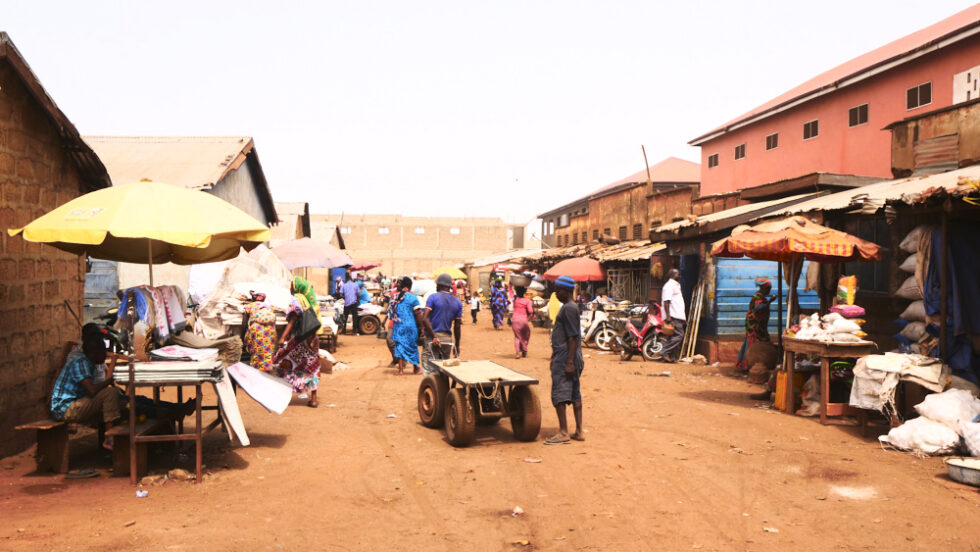
Tamale is a mostly Muslim city, home to members of the Dagombas tribe. Its Islamic influences can be seen in the city’s numerous mosques, including the Central, Afa Ajura, and Ahmadiyyah Muslim mission mosques. The locals speak Dagbani, a Gur language widely spoken throughout northern Ghana.
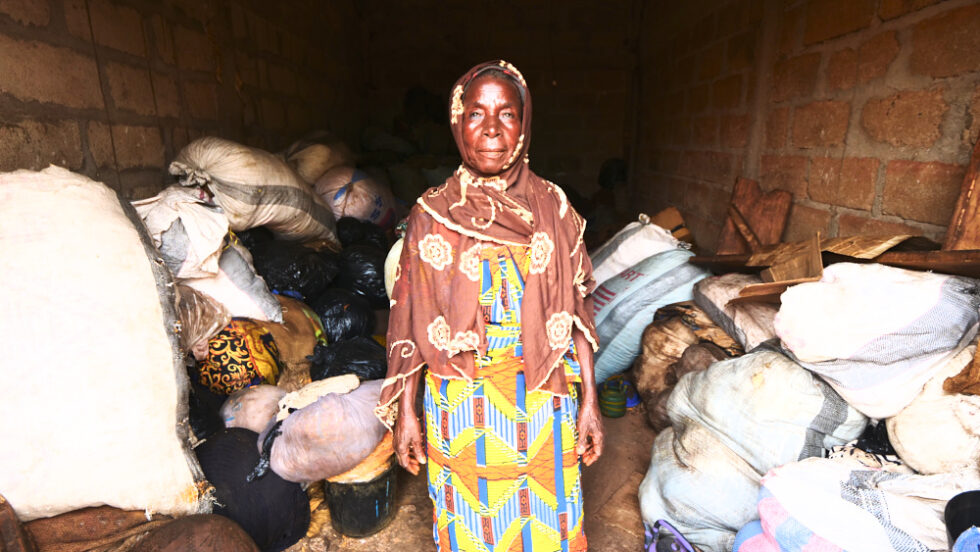
Tamale lies at the crossroads of three ancient trading routes, which contributed greatly to the city’s growth and development. Merchants passed through the city with a number of goods, including salt from Daboya in the Savannah Region. In fact, the Central Market and the Gulkpe Naa Palace, marks the location where the three roads met.
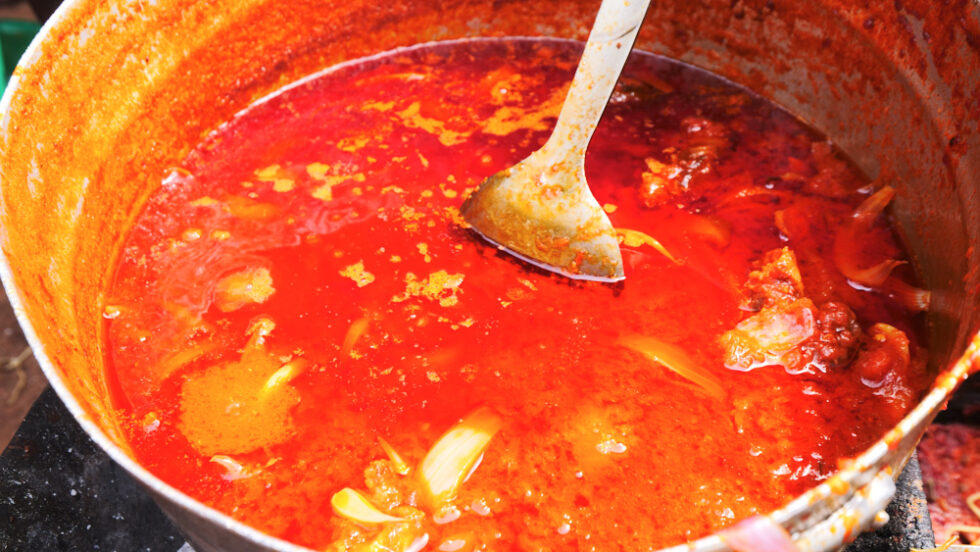
My time in Tamale was brief but eventful. It came at the tail end of a nearly two-week road trip through Ghana. I literally only had hours to spare there, and missed out on a lot of the city’s main attractions. That said, my incredible guide Isaac and driver Ben from Jolinaiko Eco Tours showed me a side of Ghana I will never forget.
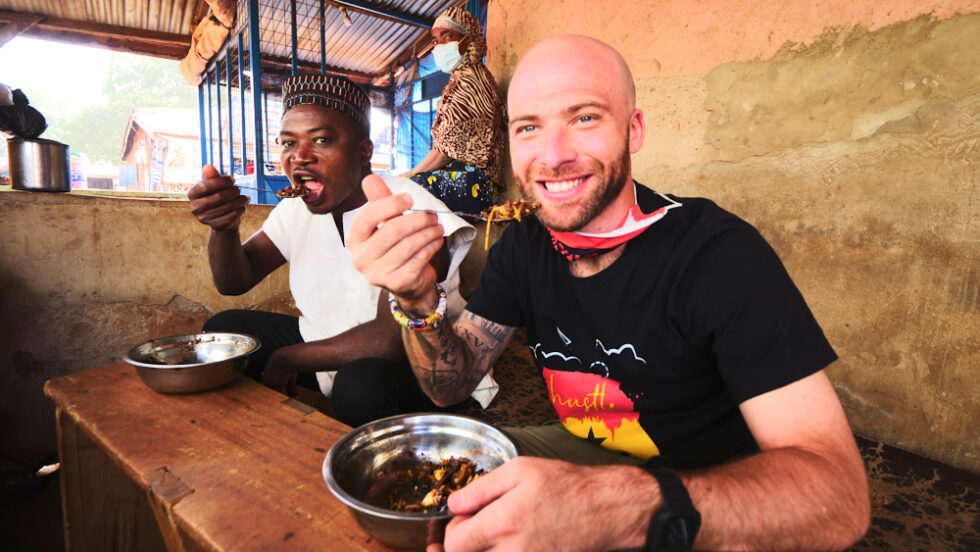
From the mouthwatering, carb-rich cuisine to the rustic, easy-going villages filled with beautiful people with friendly smiles, Tamale was a treat. These are the top 5 things to do in Tamale, Ghana.

As Isaac, Ben, and I made the three-hour journey from Mole National Park to Tamale, we stopped at a small, mud hut village not too far outside the city. At first glance, the village looked tiny but beautiful. But before I could walk around and meet the locals, I had to visit the village chief to get his permission.

The chief was a kind and welcoming man who rules the village along with a council of elders. I learned that any and all domestic issues are run by him. After meeting him and receiving his blessing, I was able to walk around and see what local life is like.
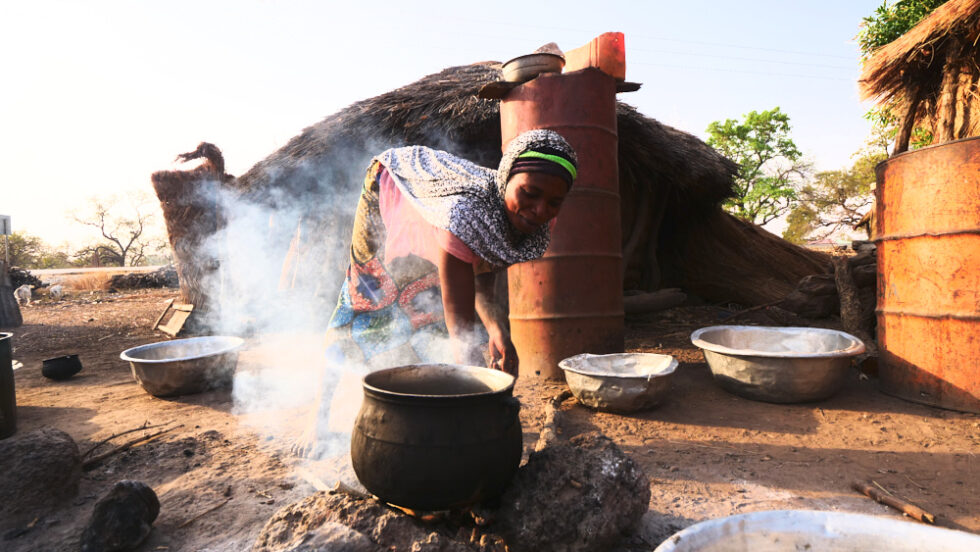
The village is made up of a number of families. Each family owns five or six traditional huts with thatched, grass roofs, all surrounded by a fence. The families own lots of animals, including ducks, chickens, and goats, which they use for food.

Elsewhere, we saw locals brewing tea and cooking up outside over a fire. At the time of my visit, the locals had just cut lots of tall, dry grass. They had bundled it together and were storing it for future use. I also saw some millet that they were storing, which they use to make a thin but nutritious porridge.
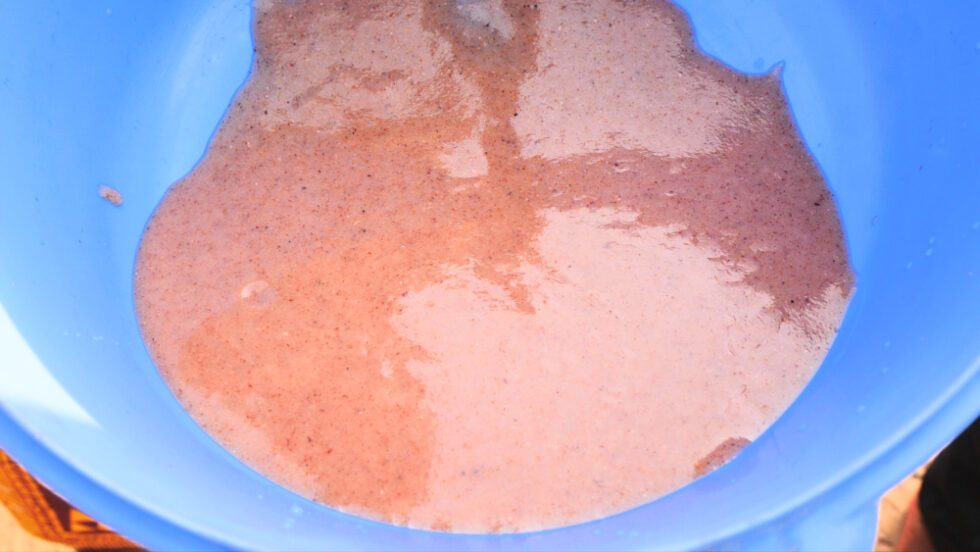
The local women making the porridge were extremely friendly and offered me some of the porridge. It had a strong, sour flavor that wasn’t my favorite, and the women laughed at the face I made after I tried a bit.

If you’re ever driving from Mole National Park to Tamale, do yourself a favor and visit this village. It gave me a deeper understanding of what Ghana is all about and was a fun detour on my way to the city. Easily one of the top things to do in the Tamale, Ghana area.
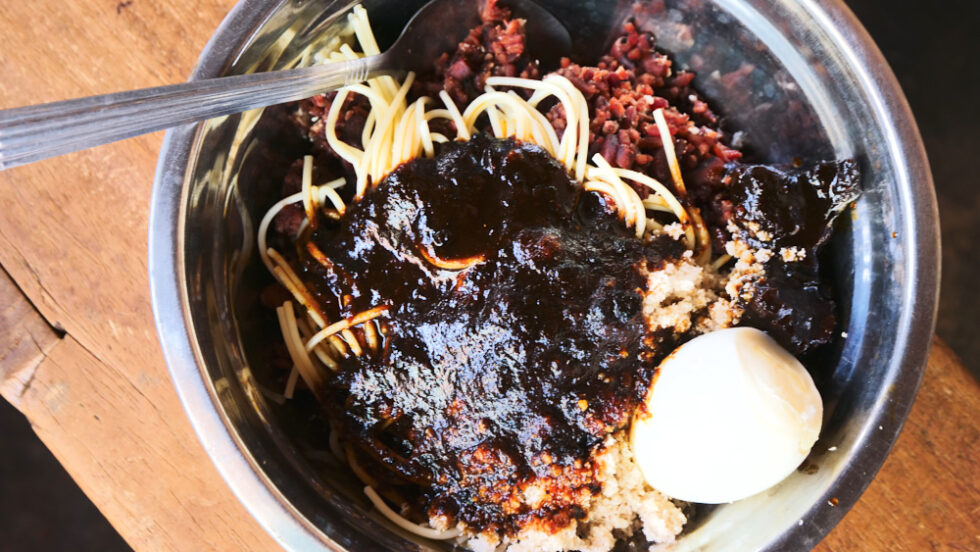
After arriving in Tamale, my companions and I made a beeline to the old part of Tamale. Made up of labyrinthine alleyways that twist and wind their way between homes and businesses, it reminded me a lot of the Jamestown neighborhood in Accra. It was inside this confusing tangle of lanes that we found a woman selling Ghana’s most popular street food, waakye.

Waakye is a common Ghanaian breakfast and lunch dish made from rice and beans. There are many different variations of waakye. I ate it multiple times during my trip and each one was different from the others. Some versions add spaghetti, toasted garri (cassava flour), eggs, a spicy pepper sauce called shito, tomatoes, onions, cabbage, meat, and even fried plantains.
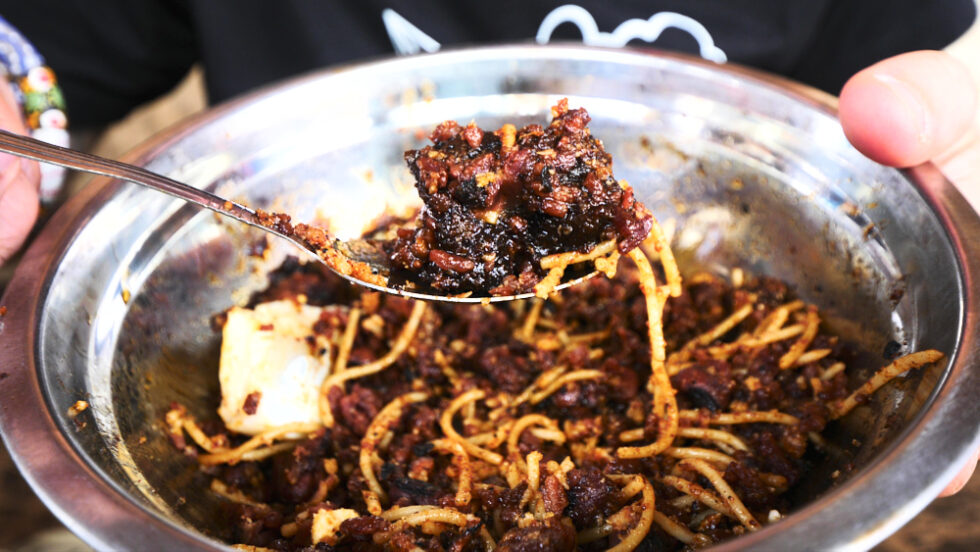
This version contained spaghetti, garri, a black pepper sauce, beef, a hard-boiled egg, and fish. The flavors were complex and vibrant, with a nice amount of spice. The fish added a salty, briny flavor, while the beef had a tough and smoky texture and flavor.
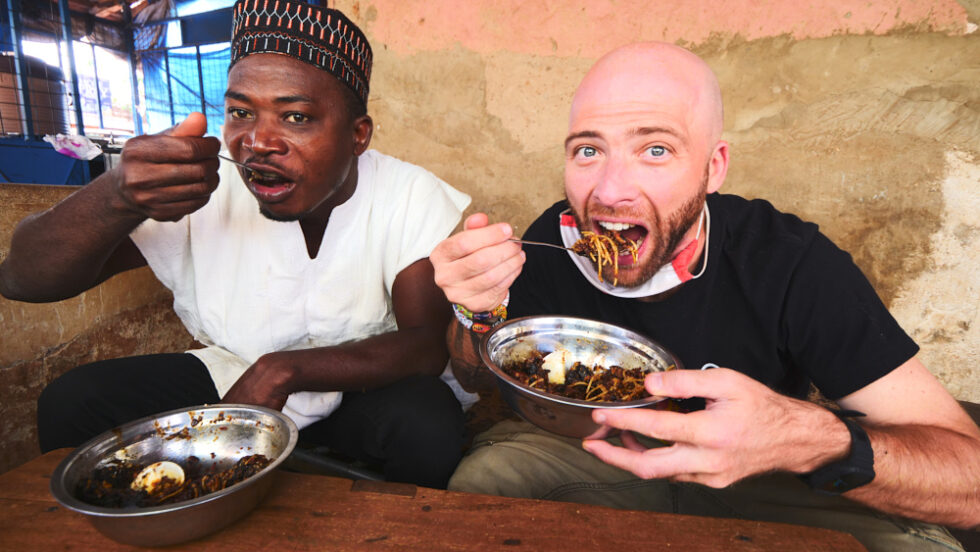
My favorite ingredient in the dish was the black pepper sauce, which added some heat and a slight bitterness. It made the dish really well-rounded and exciting to eat, and didn’t have the touch of sweetness I’d had with other shitos throughout the country. And at 20 cedis (roughly $4 USD) for three bowls, it’s a tasty and inexpensive way to immerse yourself in Ghanaian culture!

One of the most unique things I did in Ghana was visit a tannery in Tamale. A tannery is a place where animal hides are treated and processed to make leather. While there are more modern ways to make leather nowadays, the way they did it at this traditional tannery was far more fascinating!
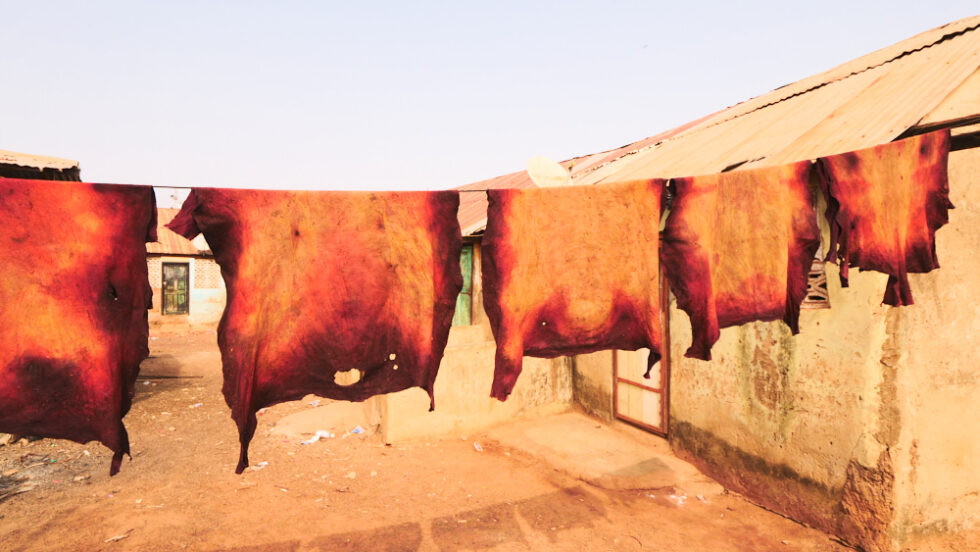
As soon as I arrived at the outdoor facility, which also consisted of a number of low houses and buildings, I could see sheepskin and goatskin drying on clotheslines. These skins had already gone through a soaking process that allows the hair to be removed easily.
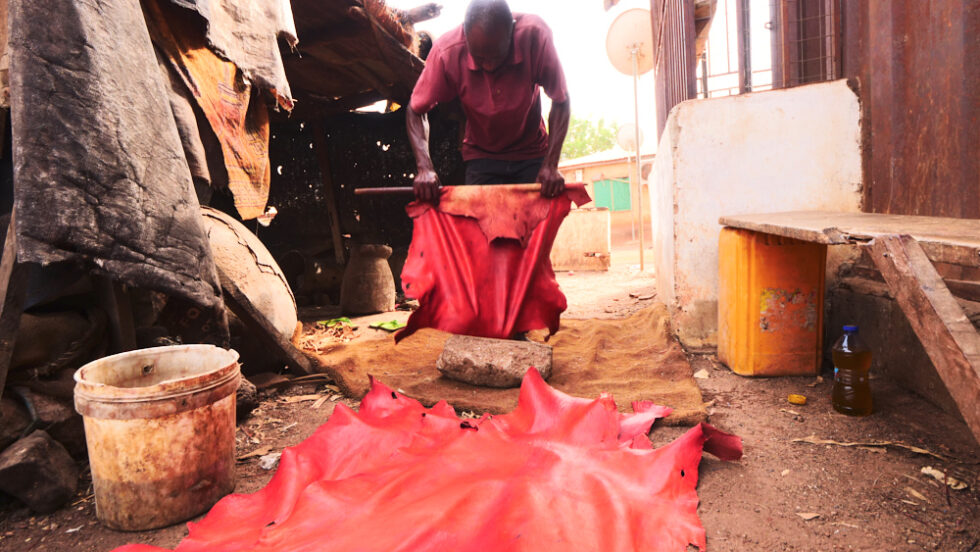
The man there walked me through the entire process and told me how they use different plants as dyes. The plant materials can stain the leather red, brown, or black in just one day. After the dying process is complete, they stretch the leather and allow it to dry. They complete about 100 pieces of leather per day, but the entire leather-making process takes about a week!
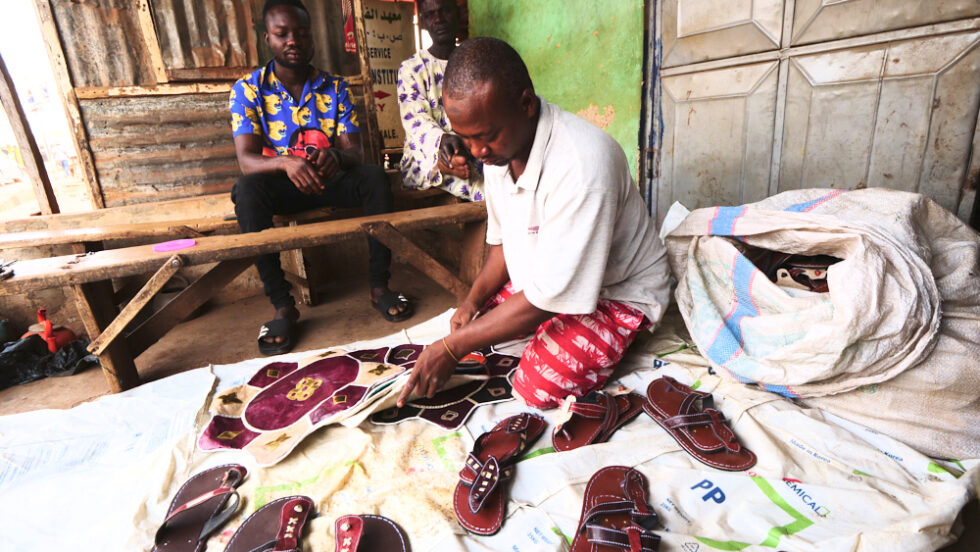
At this tannery, not only can you see the people making leather, but you can also see what they make from it! At their shop, you can find a number of finely crafted leather goods, including belts, wallets, pillows, and sandals. The sandals are made from a combination of leather and recycled car tires, and cost 30 cedis ($6 USD) for a pair.
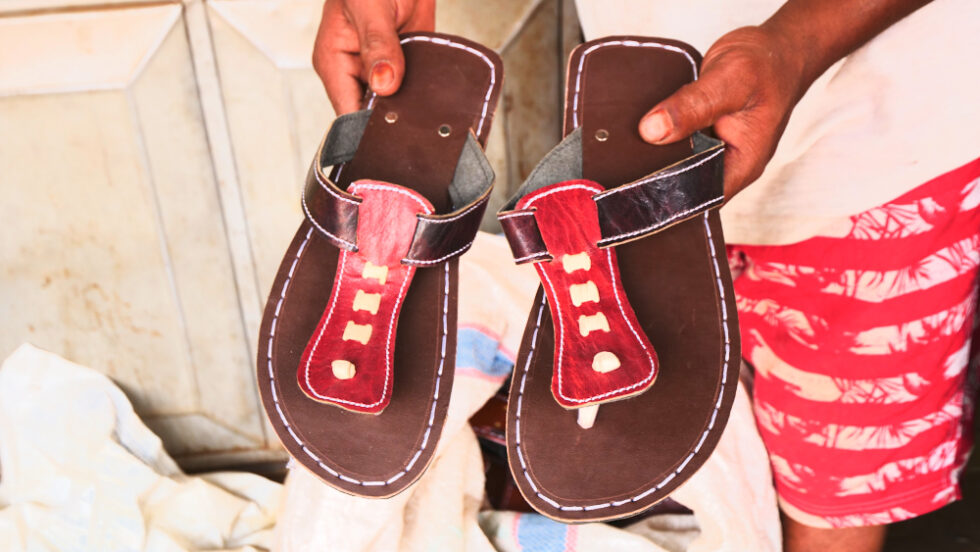
I bought a pair—which were super comfortable and fit perfectly—for myself, along with some snakeskin wallets and two pillows. I’m a big proponent of supporting locals when I travel. It’s the best way to help out their economy, and it ensures unique, handmade souvenirs you can’t get anywhere else!
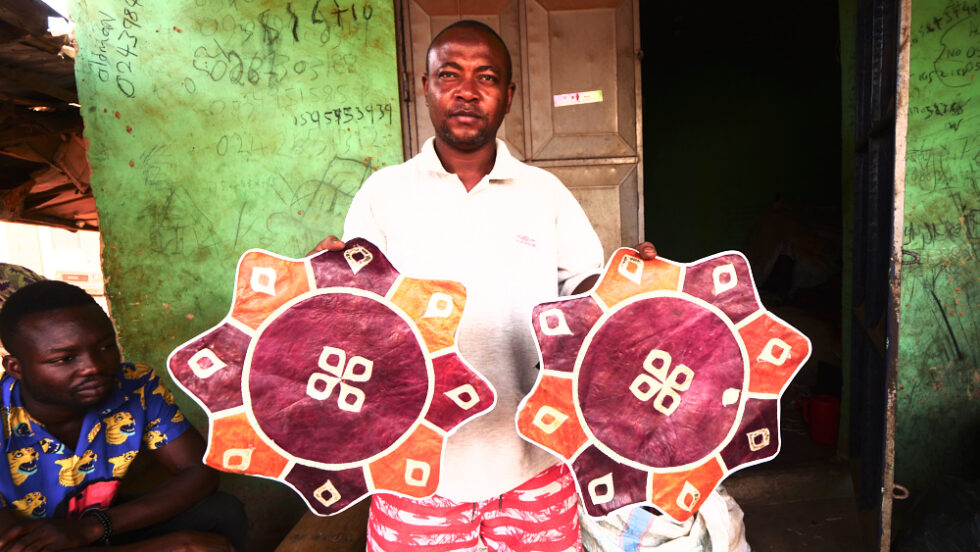
This was only my second time visiting a tannery in my life, but it was amazing to see the beautiful work these artisans do. If you have the time, a visit is among the best things to do in Tamale, Ghana. Don’t forget to buy something!
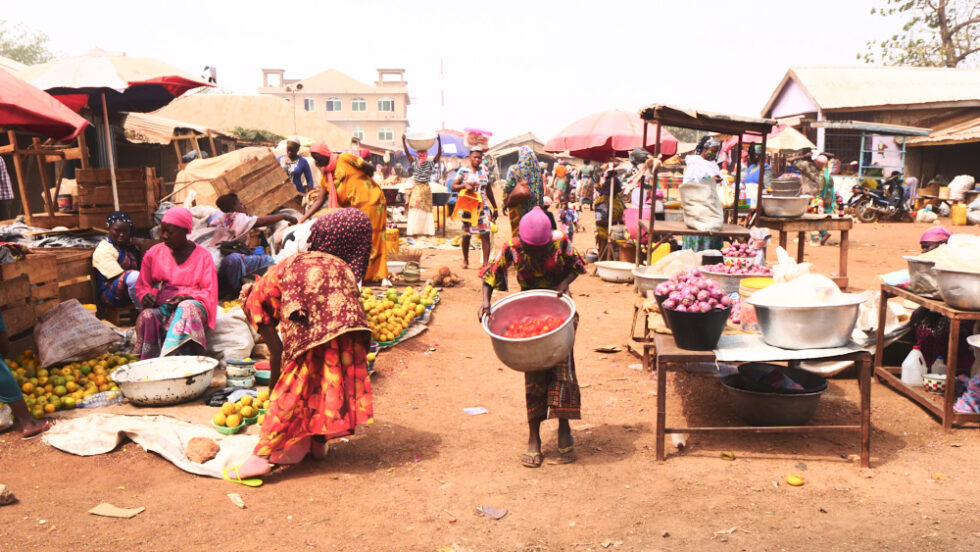
During my short but eventful afternoon in Tamale, I quickly learned that the Central Market is the best place to go to get a taste of local life. It’s often the case, regardless of where you’re traveling. And while the market here was very spread-out, as opposed to the tight, congested markets in Accra and Kumasi, it was still a flurry of activity and sensory overload!
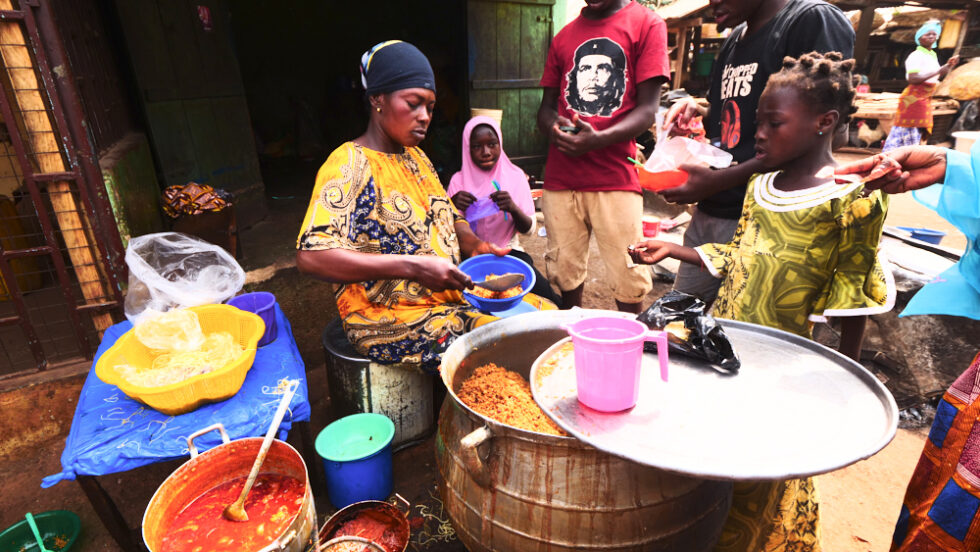
This outdoor market is where locals go to buy all of their essentials, from food to farming equipment to clothing. One of the more shocking sights there were the vendors selling animal parts used as traditional medicines.
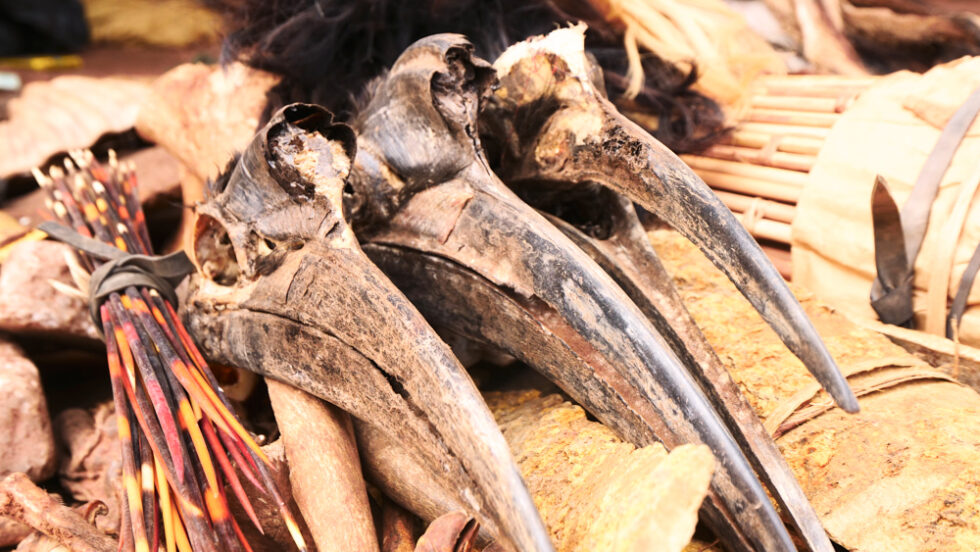
They included crocodile heads, porcupine quills, skinless and featherless hornbill heads, huge shells, warthog tusks, animal claws, and giant African snails. Nothing can ever truly prepare you for the sight of a decapitated croc’s head staring back at you!
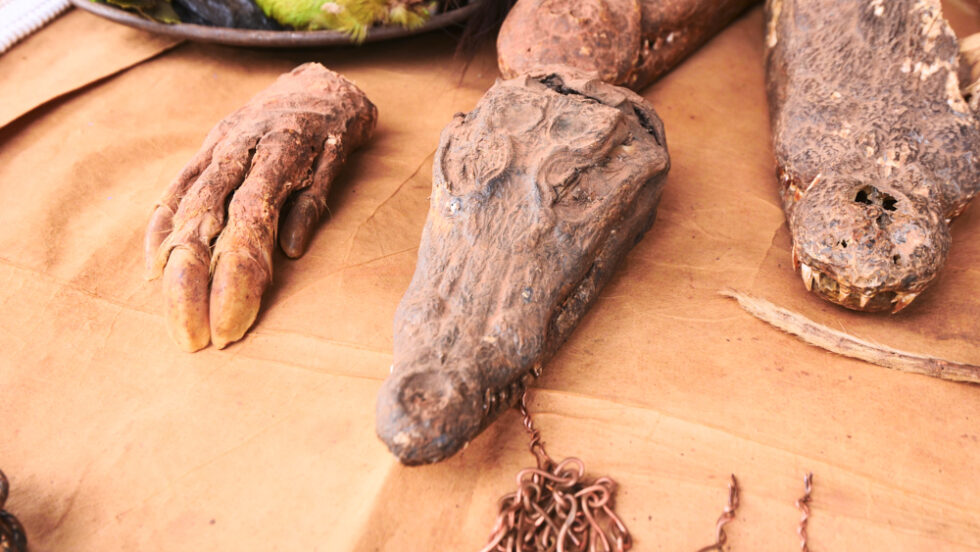
As a westerner, it was very eye-opening, but it’s normal in Ghana. I learned that the animals aren’t hunted, though, and that only parts from animals who died of natural causes are used. Checking them out is definitely one of the more unique things to do in Tamale, Ghana!
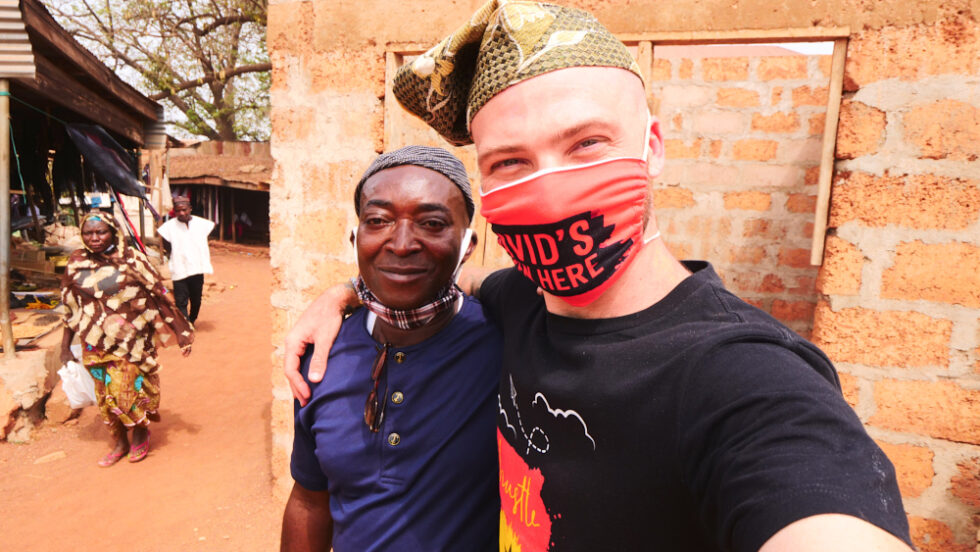
While I didn’t buy any traditional medicines, I did try on a few traditional hats. Made by a vendor in a variety of beautiful colors, they were all quite nice, but pretty small for me. Eventually, I bought a really nice green one for 20 cedis/$4 USD.
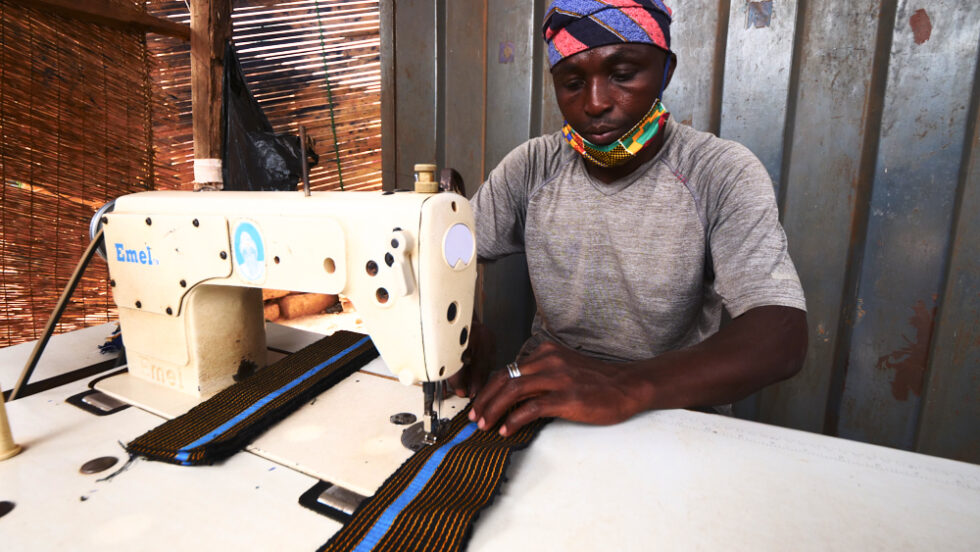
In another section of the market are the designers, or tailors. These are vendors who sew their textiles into clothing items, including hats and smocks. There’s no shortage of hat makers in the area, so it’s pretty easy to find something that catches your eye.
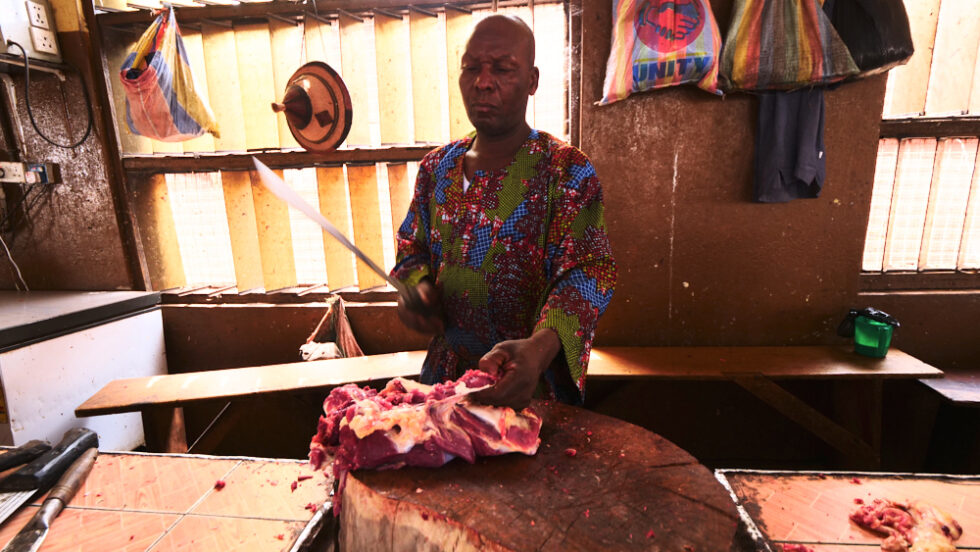
Elsewhere are vendors selling fruit, beans, and rice, as well as caged chickens, turkeys, guinea fowl, and ducks. Inside the butcher shop were ten butchers dismembering cow, lamb, and goat carcasses. It’s quite graphic and the iron-rich smell of blood mixing with the aromas of food cooking and livestock is very intense. But it’s also real!
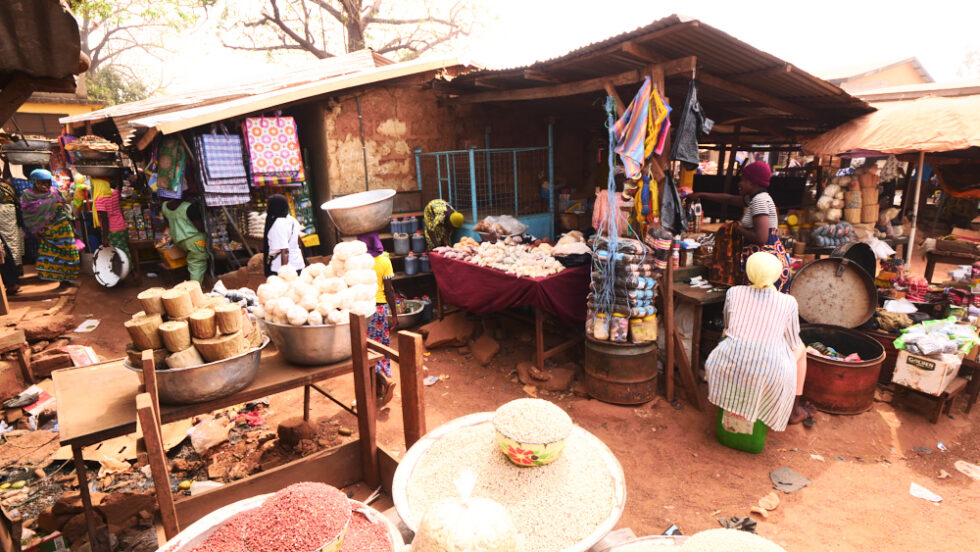
One of the great exports from Ghana is a product called shea butter, a plant-based fat that’s extracted from the nuts of the shea tree. The butter can be used to moisturize your skin and hair, and can be found in lots of cosmetic products. Throughout my road trip, I came across a few people making it.
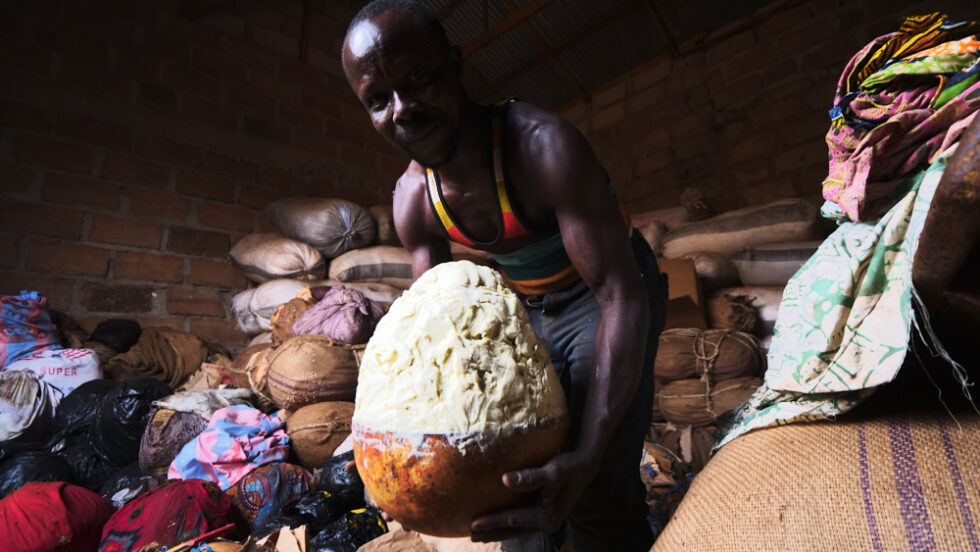
In the market is a shea butter factory run by a woman who has been making it since her childhood. She let me sample a bit and sold a huge ball of it to my guide Isaac for 30 cedis. You can also find other vendors nearby selling huge bars of soap, women pounding fufu, and people making a stew from animal organs.
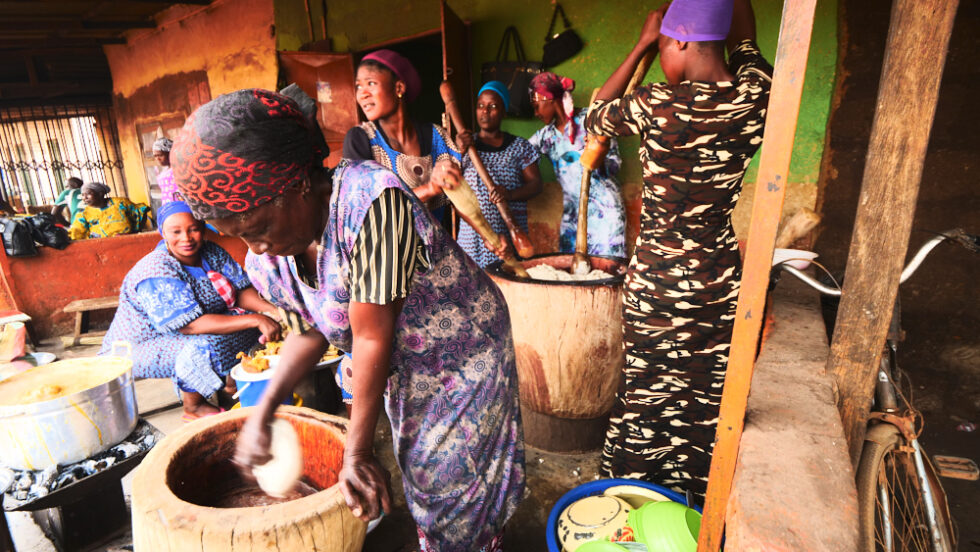
At the art shops in the market’s cultural center, you’ll find a nice woman named Sylvia who sells tons of amazing, handmade items. From woven baskets to intricate wood carvings to leather goods and cute animal figurines, she has it all! Nearby, at Adongo Art Works, you can even buy brass beer openers!
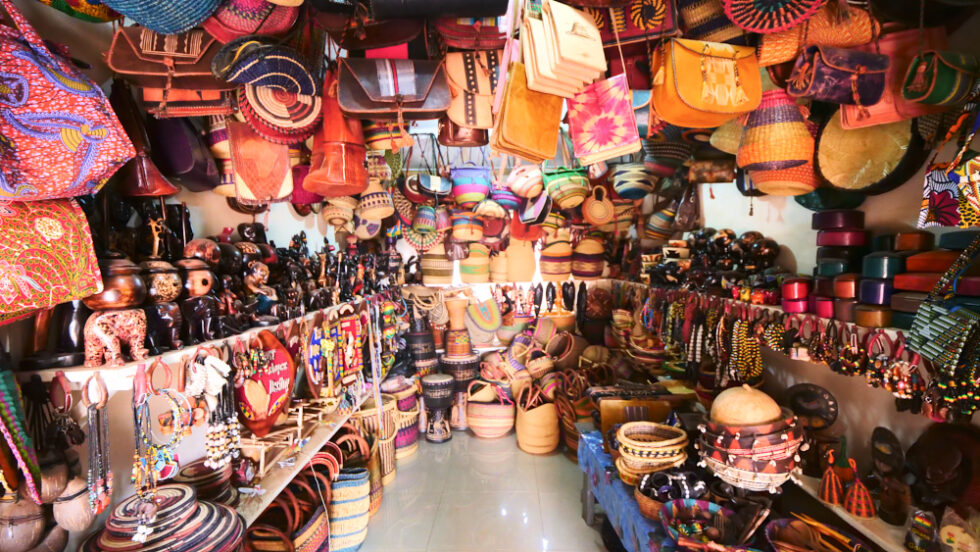
Taking the time to explore the Central Market was my favorite thing to do in Tamale, Ghana. It’s an education and an experience all rolled into one!
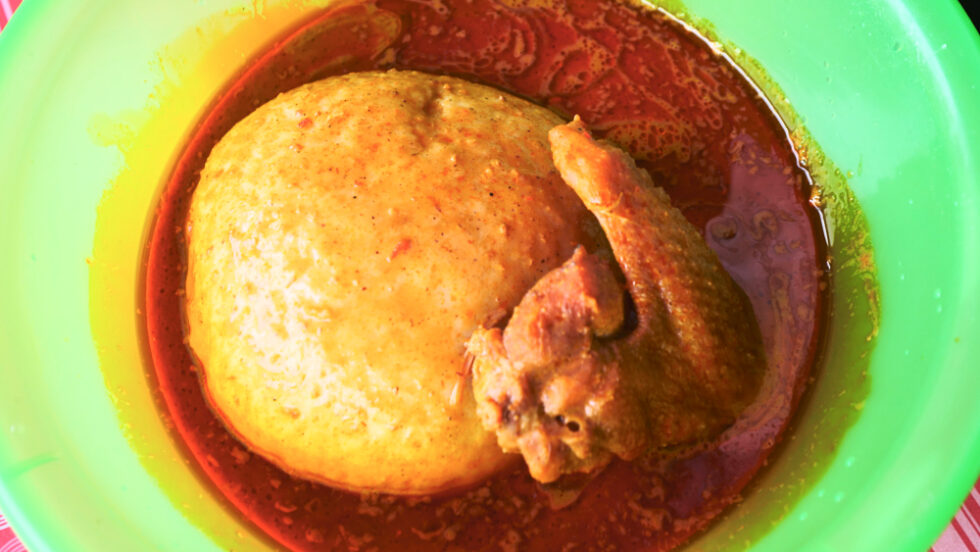
Of course, after a long day of exploring Tamale, you’ll need something carb-heavy to give you some more energy. For me and Isaac, that meant getting some fufu, a popular West African dish made from cassava root and green plantains that are pounded into a smooth, doughy ball.
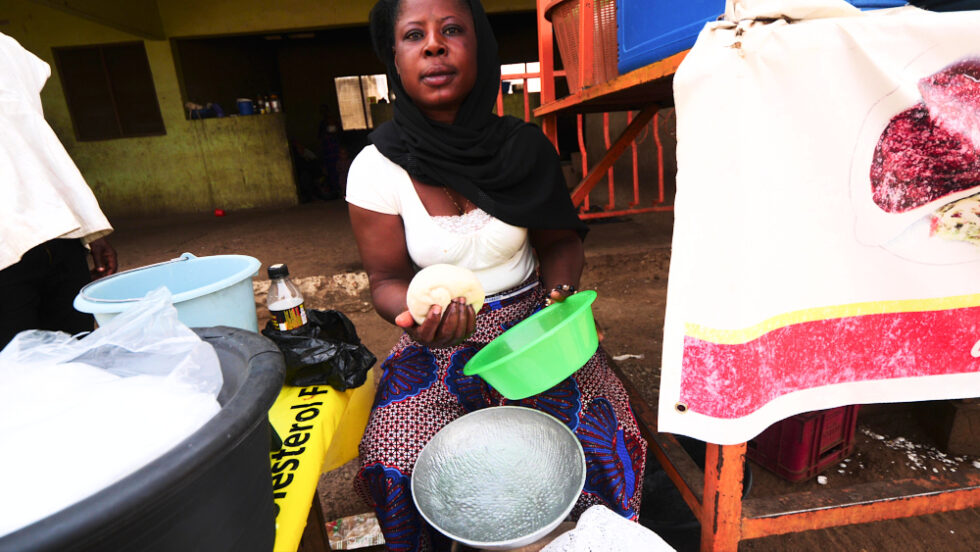
Fufu, like many dishes in West Africa, is meant to be eaten with your hands. It’s usually served alongside a hearty soup or stew containing some sort of meat. Mine came with a fantastic peanut soup that contained chicken thighs and a chicken drumstick.

I’ve always been a massive fan of peanut soup, and this one honestly blew my mind. It was sweet, nutty, and oily, and paired incredibly well with the ball of fufu and the savory chicken. It’s served hot, but I couldn’t wait for it to cool down.

Because you eat fufu with your hands, I highly recommend washing them before you dig in. Typically, you take a small amount of fufu and dip it into the soup, and eat the meat separately. But I was so hungry—and it was so good— that I jumped right in, taking massive bites and trying everything together! It’s hands down one of the best things to do in Tamale, Ghana!

Tamale marked my last “new” city on my twelve-day trip through Ghana in January of 2021. It was an eye-opening trip that certainly wasn’t without its challenges, but my time in Tamale was a wonderful experience. I loved exploring its amazing market and incredible tannery, meeting its beautiful people, and trying their outstanding—and underrated—cuisine. From the waakye to the fufu, the explosive flavors of West Africa are a treat for your belly and taste buds. And overall, Tamale is a gold mine for any curious traveler. Book a trip there to check out the top things to do in Tamale, Ghana for yourself!
NOTE: If you need to check the visa requirements of a particular country, click here. To apply for a visa, find up-to-date visa information for different countries, and calculate the cost of a particular visa, click here!
Counter
101 Countries • 1432 Cities